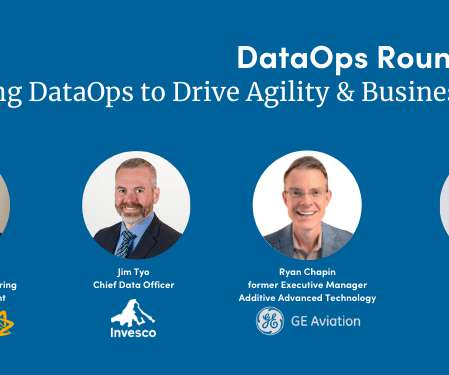Four things that matter in the AI hype cycle
CIO Business Intelligence
OCTOBER 24, 2023
“Traditional data structures, typically organized in structured tables, often fall short of capturing the complexity of the real world,” says Weaviate’s Philip Vollet. These embeddings capture features and representations of data, enabling machines to understand, abstract, and compute on that data in sophisticated ways.”














Let's personalize your content